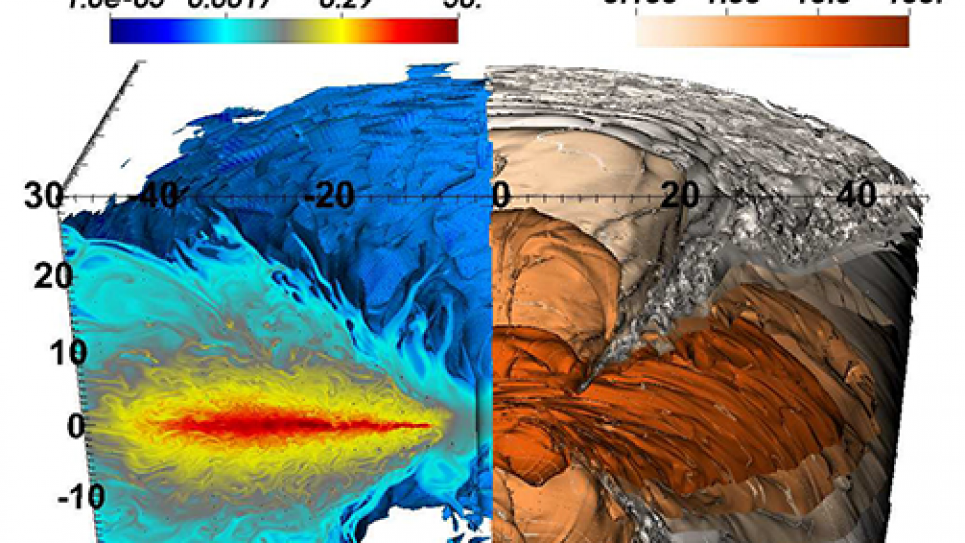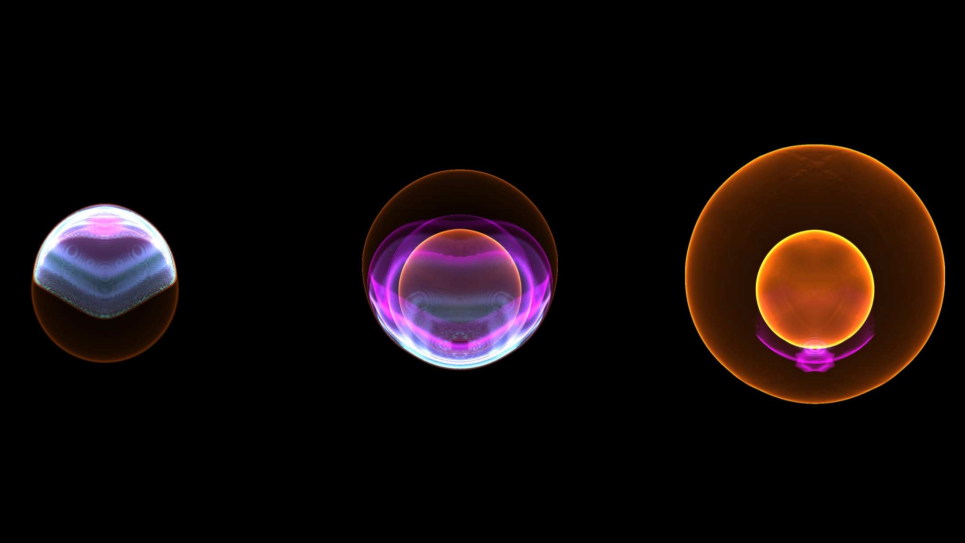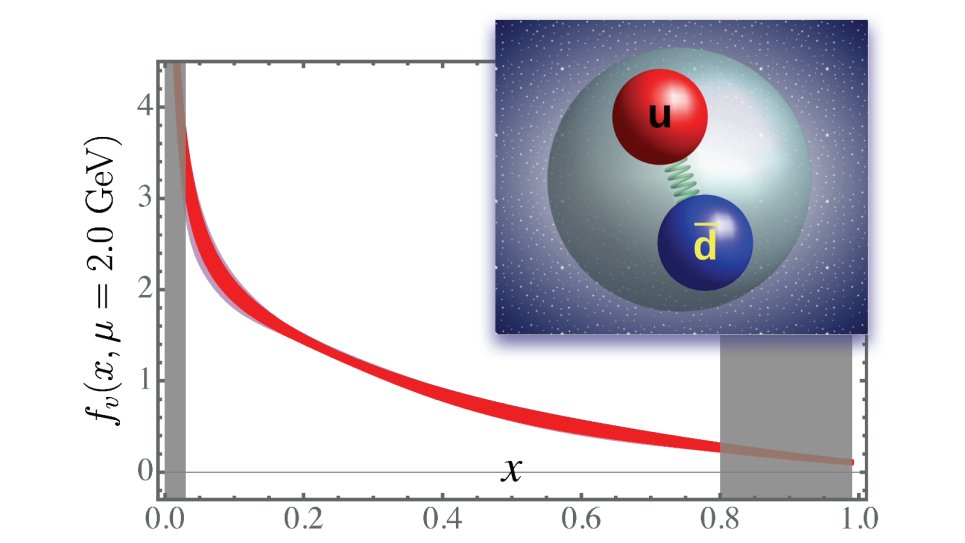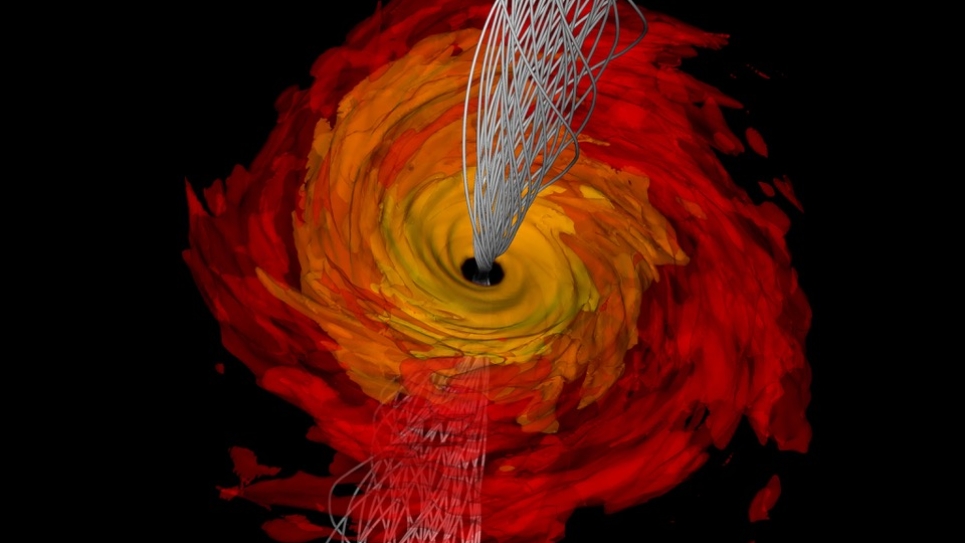
Magnetohydrodynamic Models of Accretion Including Radiation Transport
This project explores the largely ignored impact of radiation on accretion flow—the flow of objects, ranging from dust to planets, onto a compact object with a strong gravitational potential, like a supermassive black hole. For 20 years, such studies have focused on the magnetohydrodynamic (MHD) processes that drive angular momentum transport. However, scientists understand that angular momentum and radiation transport affect the structure and dynamics of accretion flow. Researchers will calculate the structure of such flows, and make predictions about how accreting sources evolve and affect their environment.
Leadership-class computers, like Mira, are the only resources that can explore these far-away phenomena at the scale and detailed needed. The team is using a new version of its compressible MHD code, Athena ++, which features new algorithms, such as those for general relativistic (GR) MHD in stationary spacetime. The code shows excellent single-core performance and weak scaling on Mira, making it possible to thoroughly explore 3D time-dependent radiation MHD simulations.
In the first of this two-year project, the team is completing a survey of the structure and dynamics of radiation-dominated accretion. They will investigate, for the first time, whether thermal and/or viscous instabilities, predicted over 40 years ago, actually occur in global models of MHD turbulent disks. Researchers will use these simulations to further investigate the effect of radiation on the production of jets and outflow from spinning black holes.
This will be the first time the physics of radiation-dominated accretion flows onto compact objects is computed using direct solutions of radiation transport equations rather than approximations. As such, the team’s results are contributing to the understanding of the growth of supermassive black holes in the early universe, the effects of active galactic nuclei on galaxy formation, and the interpretation of observational data.


